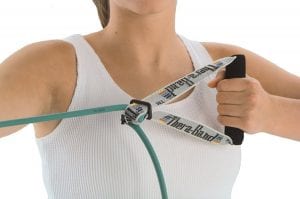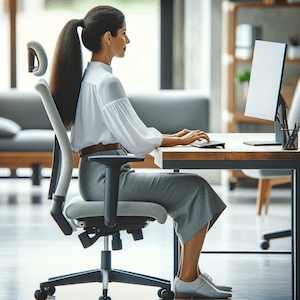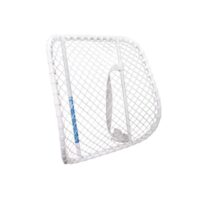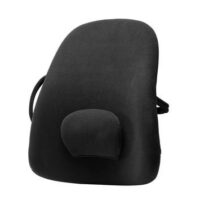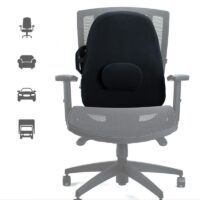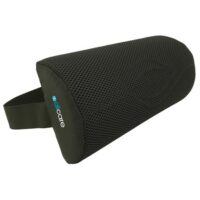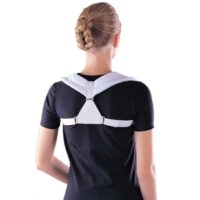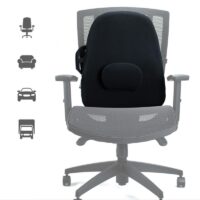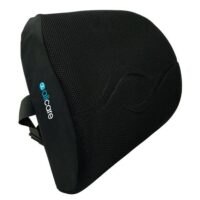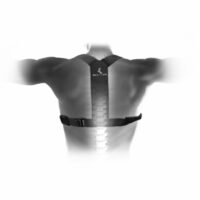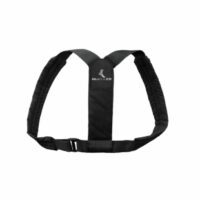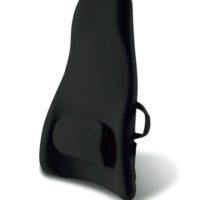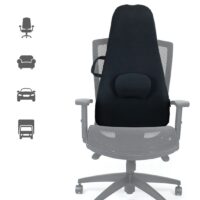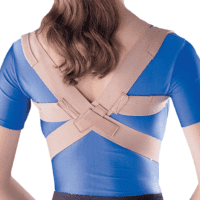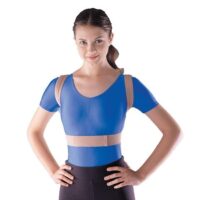Article by John Miller
What is Barefoot Running?
Barefoot running is a term that means either running either without shoes or with minimalist shoes. Barefoot running has gained popularity over the last few years to return to pure running and proclaims to help reduce the rate of running injuries. But is this accurate?
To gain a more scientific basis on whether barefoot running is advantageous or not for you, let’s look at what researchers have discovered.
Who is Suited to Barefoot Running?
When you run without shoes, you tend to land on the front part of your foot. This impact is called a forefoot strike. Landing through the centre of your foot is called a midfoot strike.
If you were to land barefoot on your heel, it's called a rearfoot strike, the ground shock would be excessive, and you would develop heel pain or injury, plus some other injuries further up your leg. That's why most barefoot runners tend to have a forefoot or midfoot strike. When you put on a traditional jogger with rearfoot cushioning, this cushioning allows you to land on your heel without damage. This heel is why a lot of shoe runners become rearfoot strikers.
Ground Reaction Forces
Generally, the higher the force, the greater the risk of injury. Research tells us that ground reaction forces are higher in the forefoot strike. Surely this would mean that you would get more injuries running with a forefoot strike technique. Not exactly. As well as considering the ground reaction force, it would help if you also looked at the vertical loading rate.
Vertical Loading Rate
The vertical loading rate is a measure of how quickly the ground reaction forces increase.
The steeper the curve, the greater the risk of injury. Running with a rearfoot strike produces a steeper force curve and makes some leg injuries more likely, but not all.
Running Shoes vs Barefoot Running
Does this mean you should toss away all of your running shoes? Maybe hold on to them just a little longer. The evidence is not clear yet about whether a forefoot/midfoot strike reduces your injury rate. What appears to occur is the barefoot running reduces loads in one area only to increase loads in another. And, since you are probably running on firm or rough surfaces such as footpaths, roads or gravel, you'll need some form of cushioning and protection for your feet. Don't you hate landing on those little stones!
What Should You Do?
If you are running without injuries at present, you would probably be silly to change. Changing footwear and technique may add another increase in loading and create new injuries elsewhere. Indeed, at PhysioWorks, we see more forefoot injuries in barefoot runners, which makes sense given the load charts. Plus, most of these injuries occur within a few weeks of changing your running style.
However, if you have been suffering injuries from running, barefoot may be a consideration for you. Changes to your running technique, such as reducing your stride length or your shoe style, could help you. You may also have some muscle control issues in another part of your body that could be altering the way you adapt your running style. So, before you toss your running shoes, it may be in your interest to consult with a running physiotherapist, a sports podiatrist or a running coach. They can analyse your running style, assess your body for weakness or tightness, check your leg and foot biomechanics or help you to retrain your running technique or some slightly weak muscles.
Most problems that cause running injuries are simpler to fix than you may think.
More info: Running Injuries














































































